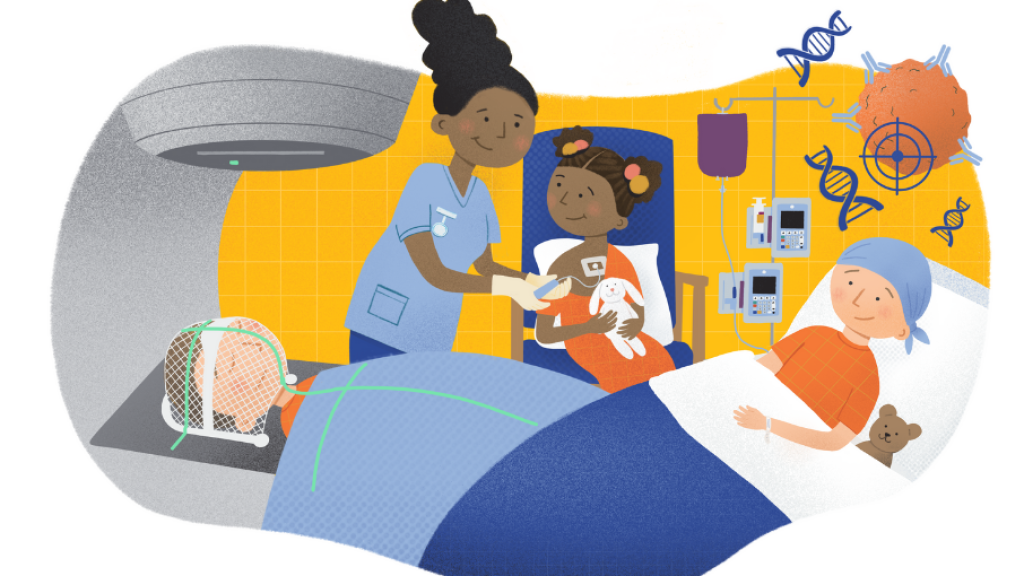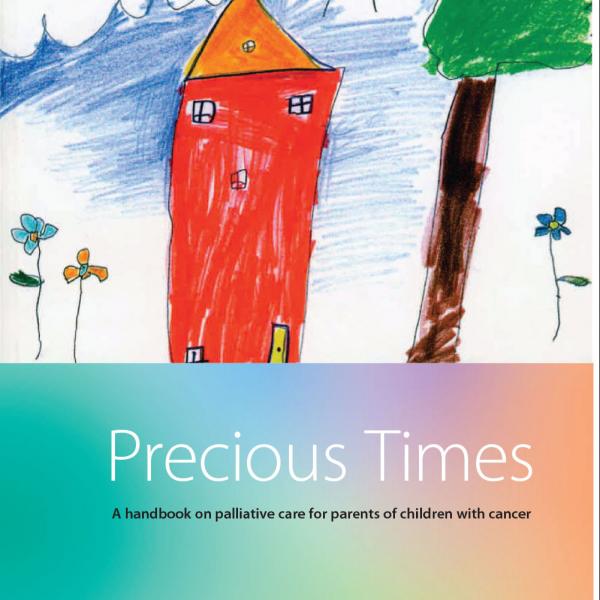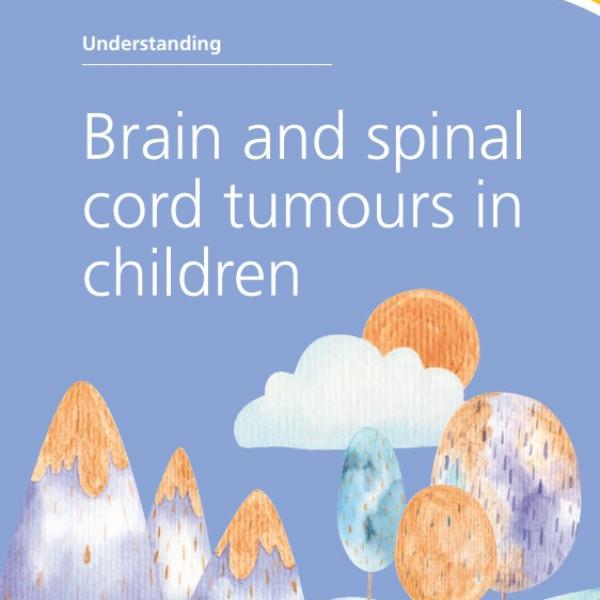
Treating children’s cancers
Information about treating children’s cancers including treatment types, side-effects and medical language.
The best treatment for your child will depend on:
- What type of cancer they have – for example, surgery for a tumour, chemotherapy for blood cancers
- The size of the cancer and where is it (called the stage of the cancer)
- The grade of their cancer (how fast it is likely to grow)
- If the cancer has spread to other parts of their body
- Their general health
Your child’s treatment plan will be based on evidence from around the world about what works best for their type of cancer.
Getting ready for treatment
Tests
Your child may have more tests and procedures before treatment starts. For example, tests to check their general health before surgery or radiotherapy planning sessions, if they are having radiotherapy. Read more about tests.
Central line
Many children are fitted with a central line. This is a tube that goes directly into a vein and stays in place throughout treatment. Any treatment or medication that needs to go into their veins can be delivered through the line, and blood can be taken from it. This means your child won’t need repeated injections. A Hickman or Freddie line is a type of central line. It is inserted into a large blood vessel in your child’s chest under general anaesthetic. We have more information on children’s central lines and advice on caring for them.
Preparing your child for treatment
It’s best to be as honest as you can about what will happen. Young children only need simple explanations and older children might need more detail. Children may be curious about how a hospital ‘works’. It may be possible for a member of staff to explain how different pieces of equipment work.
Your child may like to take part in the Beads of Courage programme. For every kind of test or treatment they have, they receive a coloured bead. They can collect these beads to keep track of their cancer journey and show how brave they are.

Life during treatment
Your child starting cancer treatment is likely to be a big adjustment for your family. Visiting hospital, understanding medical language, coping with side-effects and trying to cope with the emotional impact are all very challenging. There will also be practical matters to deal with like work, travel to hospital and looking after other children. We have information on:
- Life during treatment
- Understanding medical language
- Ways to cope – practically and emotionally - and where to get support
Types of treatment
Chemotherapy
Chemotherapy uses drugs to cure or control cancer. It can be used alone or with other treatments like radiotherapy or targeted therapies. Read about chemotherapy for children’s cancers.
Surgery
The aim of surgery is to remove the cancer. If surgery is an option, the type of surgery will depend on the size and position of the cancer and if there is cancer in the lymph nodes. We have more information for parents whose children are having surgery. You can read more about surgery for brain tumours in our booklet Understanding brain and spinal cord tumours in children (see below).
Radiotherapy
This involves using high energy rays to kill the cancer cells. It can be given before or after surgery. It may also be given if the cancer has spread. Read more about radiotherapy for children.
Proton beam therapy is a type of radiotherapy. It may be recommended in some cases for certain types of cancer. We have a leaflet (see below) explaining proton beam therapy.
Targeted therapies / immunotherapy
These are drugs (injections or tablets) that can help to target and destroy cancer cells or stop them from growing. Or they can help your child’s immune system to attack cancer cells. Read more about targeted therapy and immunotherapy.
Stem cell and bone marrow transplants
These are sometimes used for blood cancers. They involve giving high doses of chemotherapy drugs to children and then helping them recover by giving healthy stem cells into their blood. The cells can come from the child themselves (autologous) or from a donor (allogeneic ). Read more about transplants for children.
Supportive care medications
Supportive care medications are medicines that are used to help with side-effects of treatment. They do not cure or treat cancer. You may need to give your child these medicines at home. Common supportive care medicines are:
- Anti-sickness medicines (anti-emetics)
- Pain relief
- Laxatives (to help your child poo if they have constipation)
- Antibiotics to prevent infection (prophylactic antibiotics)
- GCSF – Injections to help the white blood cell count recover.
If the medicine isn’t helping with the problem, for example, if your child is still vomiting or in pain, contact the hospital .
Clinical trials
Clinical trials are research studies that try to find new or better ways of treating or diagnosing cancer. Children with cancer are sometimes asked to take part in a clinical trial. This means that instead of the standard treatment they may get a new trial treatment.
Read more about children's clinical trials.
Will my child get side-effects?
Side-effects include being more at risk of infections, feeling sick and hair loss. Most side-effects get better in the weeks and months after treatment. Some treatments can cause long-term side-effects such as damage to organs or infertility.
The side-effects your child might get depend on the type of treatment, the dose, how long they have treatment for and their general health.
Your doctor or nurse will discuss any possible side-effects with you before treatment. Read about the different treatments to find out more about possible side-effects. You can also read our section Coping with children’s side-effects and symptoms for more information and advice.
Treating cancer that comes back or isn’t responding to treatment
If your child’s cancer has come back or is not responding to treatment, the treatment plan may change to slow down the growth of the cancer and reduce or relieve any symptoms.
Relapse is when cancer comes back after treatment or during treatment
Refractory cancer is cancer that is resistant to treatment
If your child’s cancer is relapsed or refractory your medical team will speak to you about what treatment options are available.
If your child’s cancer is not responding to treatment, they will be helped by the palliative care team. These are experts in treating the symptoms of advanced cancer. They will also give you emotional support. Read more about palliative care.
If you want more information on symptom control and end-of-life care, please see our booklet, Precious Times (see below).
More information about children's cancers
More information about children's cancer treatment



For more information
Phone
1800 200 700








